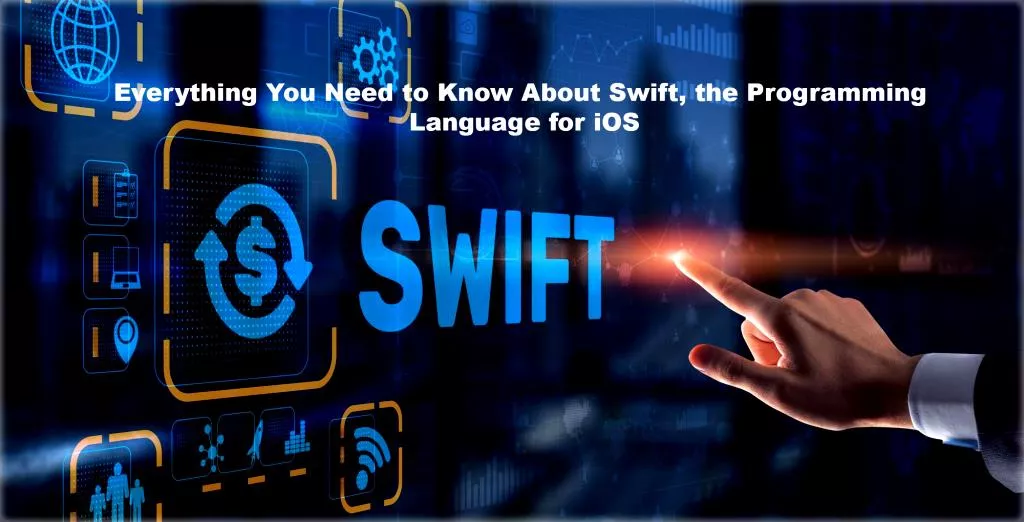For iOS, macOS, watchOS, and tvOS. It's become the go-to language for iOS app development six years later.
In this post, I'll walk you through everything about Swift: how it started, what makes it special, and why so many app developers swear by it. Think of this as your ultimate overview of all things Swift!
Where Did Swift Come from?
Before Swift arrived on the scene, almost all iOS apps were written in Objective-C. This meant wrestling with an old, complicated language when building an iPhone or iPad app. Things got even trickier for newer developers trying to get started. The time was ripe for a fresh approach.
Enter Swift made its big debut at Apple's annual Worldwide Developers Conference (WWDC) in 2014. Apple touted easier-to-comprehend code with simpler features to prevent entire classes of programming mistakes.
Since dropping version 1.0, Apple has kept enhancing Swift in new major point releases that add capabilities and fine-tune performance. The latest and greatest is Swift 5 for those coding today.

The Best Features of Swift (in my humble opinion)
So, what makes Swift so rad for iOS development? Here are a few things this language really nails:
- Lightning Fast Performance:
Swift code uses the latest compiler optimizations, and Apple hardware boosts so your apps scream. Your users will notice and love buttery smooth interactions.
- Safe by Design:
Unlike some mistake-prone languages (looking at you, C!), Swift prevents entire categories of security problems through smart built-in features.
- Readable Code:
Almost like plain English, Swift is easy to make sense of, even for non-programmers. My Kingdom for Legible Code!
- Works great with Objective-C:
There is no need to scrap legacy Obj-C codebases. Swift lets you gradually add new features along with tried-and-true code. Mix-and-match works beautifully.
- Open and Evolving:
Anyone can propose changes to Swift to improve it. With an active community driving innovation, expect Swift to keep getting better.
Thanks to these qualities, Swift hits a sweet spot between power, simplicity, and interoperability. It's no wonder so many pick Swift for building their killer iOS apps today.
How Developers Use Swift to Build iOS Apps
Here's a quick flyover of how Swift developers build stuff:
- We write Swift code with Xcode—Apple's slick integrated development environment (IDE) for macOS and iPads. It's a one-stop shop, including editors, simulators, and every tool needed.
- Apps use Apple's Cocoa Touch frameworks, which include key building blocks for iOS, from touch handling to cloud syncing. We code on top of these solid underpinnings.
- To tap into device sensors and features, Apple provides excellent Software Development Kits (SDKs) tailored for Swift programmers. These also enable Apple ecosystem integration.
- Swift Packages allows us to reuse and reliably share code libraries from the wider community. No need to reinvent wheels—stand on the shoulders of giants!
While specialized for Apple's ecosystems, Swift is remarkably versatile, spanning iPhones, iPads, Mac apps, wearables, web backends, and more. But iOS may be where it truly soars.

Wrapping Up
With an intuitive design, strong safety mechanisms, and close ties to Apple platforms, Swift is hands down my favorite language for iOS development today. Both indie developers and big companies can use it to create feature-packed, high-performance apps faster than ever. Thanks to Swift's open ecosystem and source, I expect exciting new capabilities with each version. For anyone looking to build Apple devices , learning Swift is one of the smartest investments you can make.
